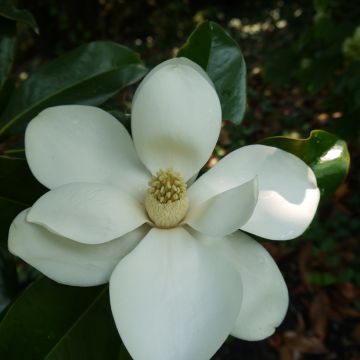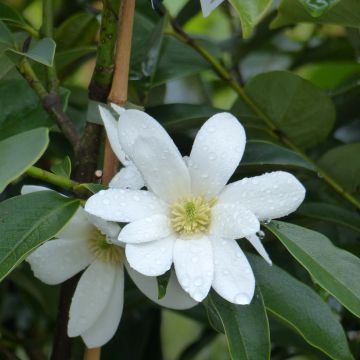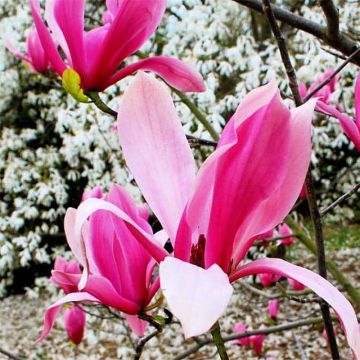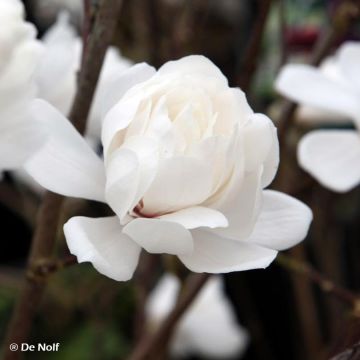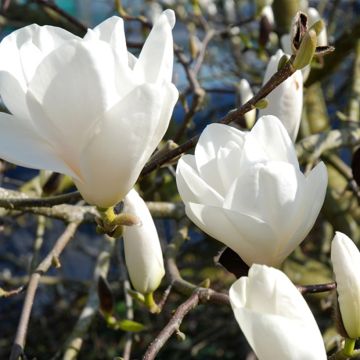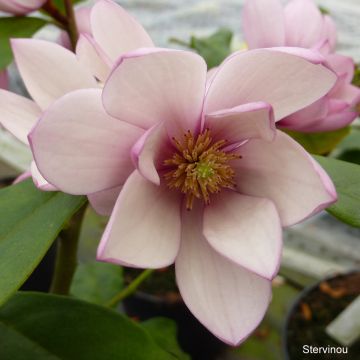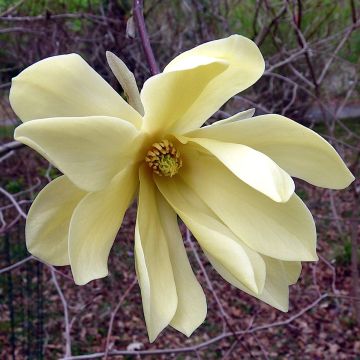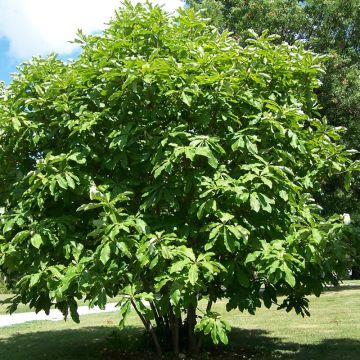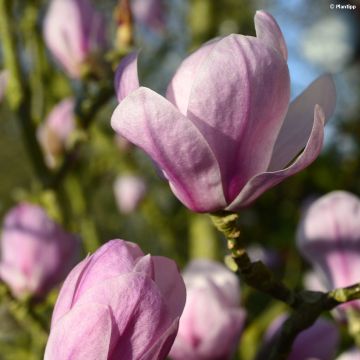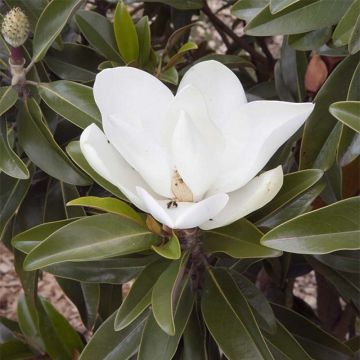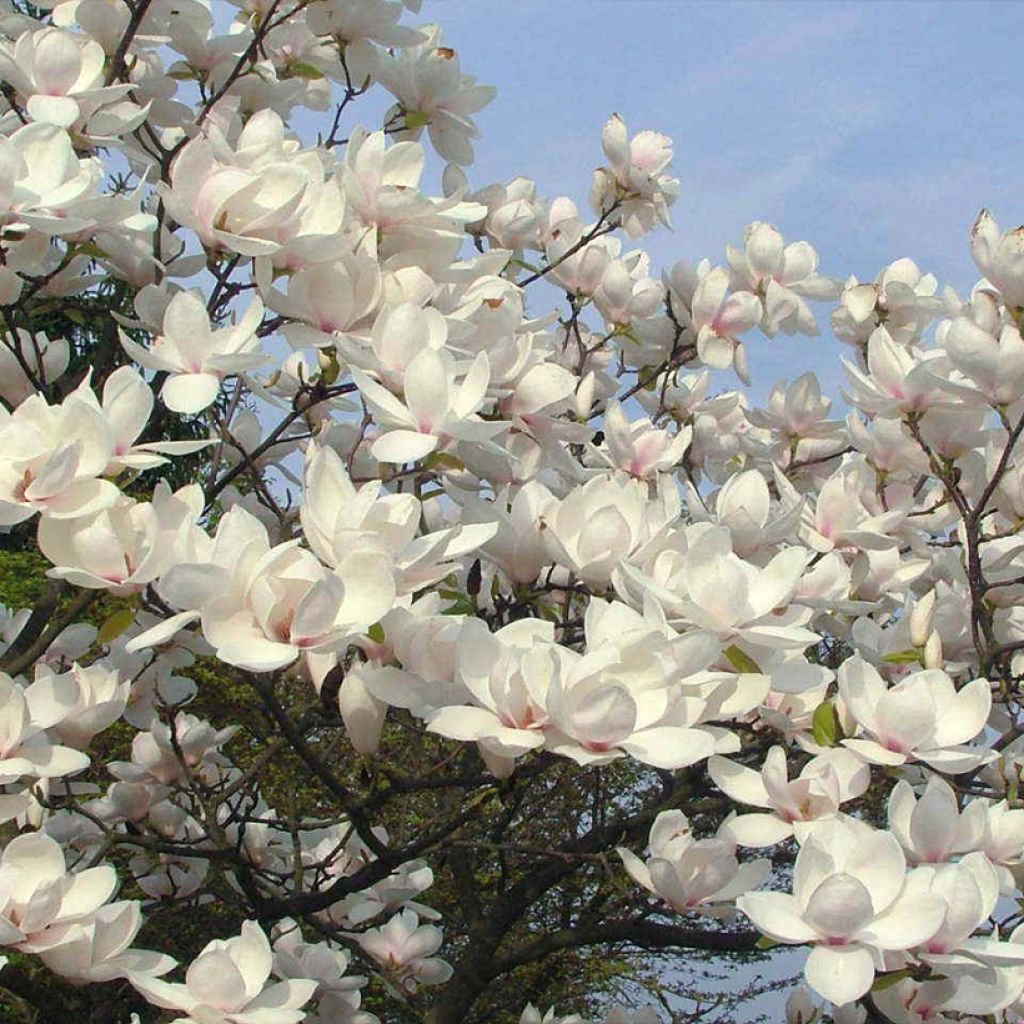

Magnolia Manchu Fan
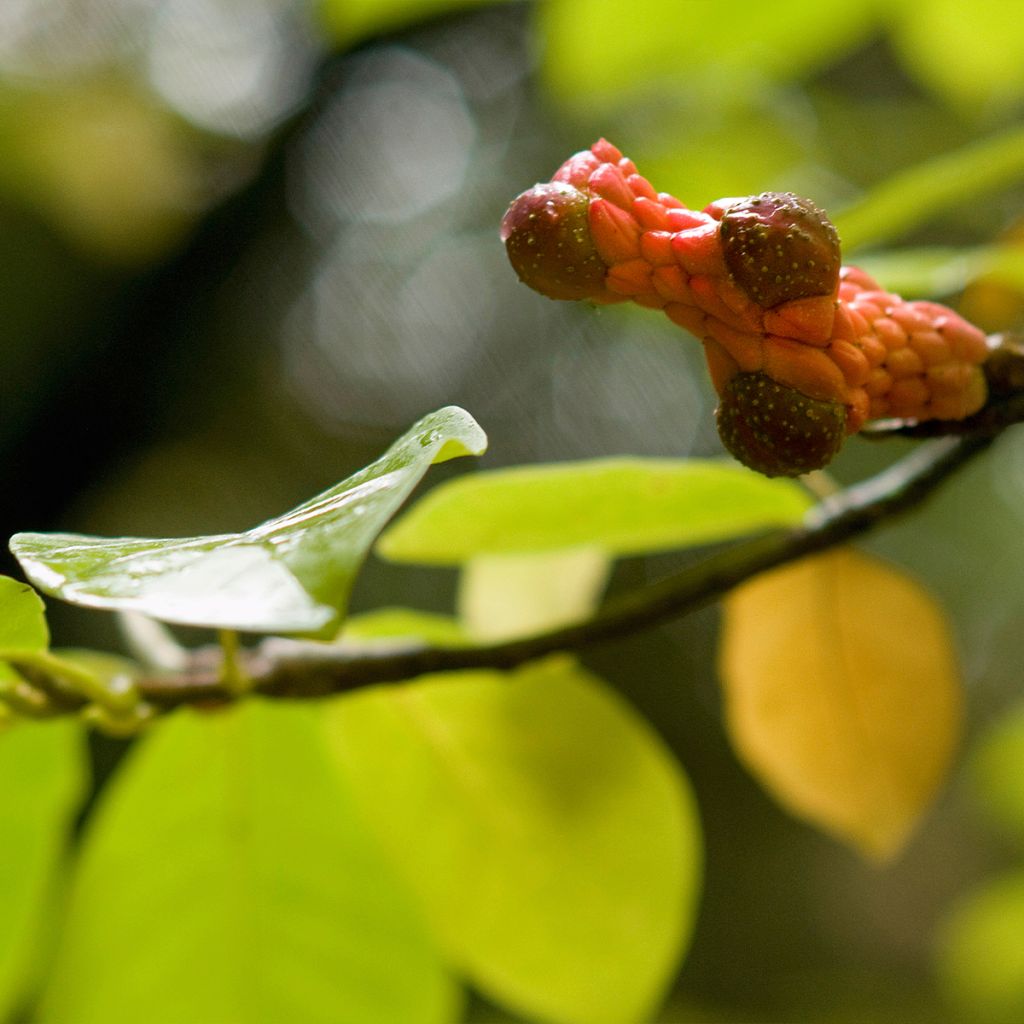

Magnolia Manchu Fan
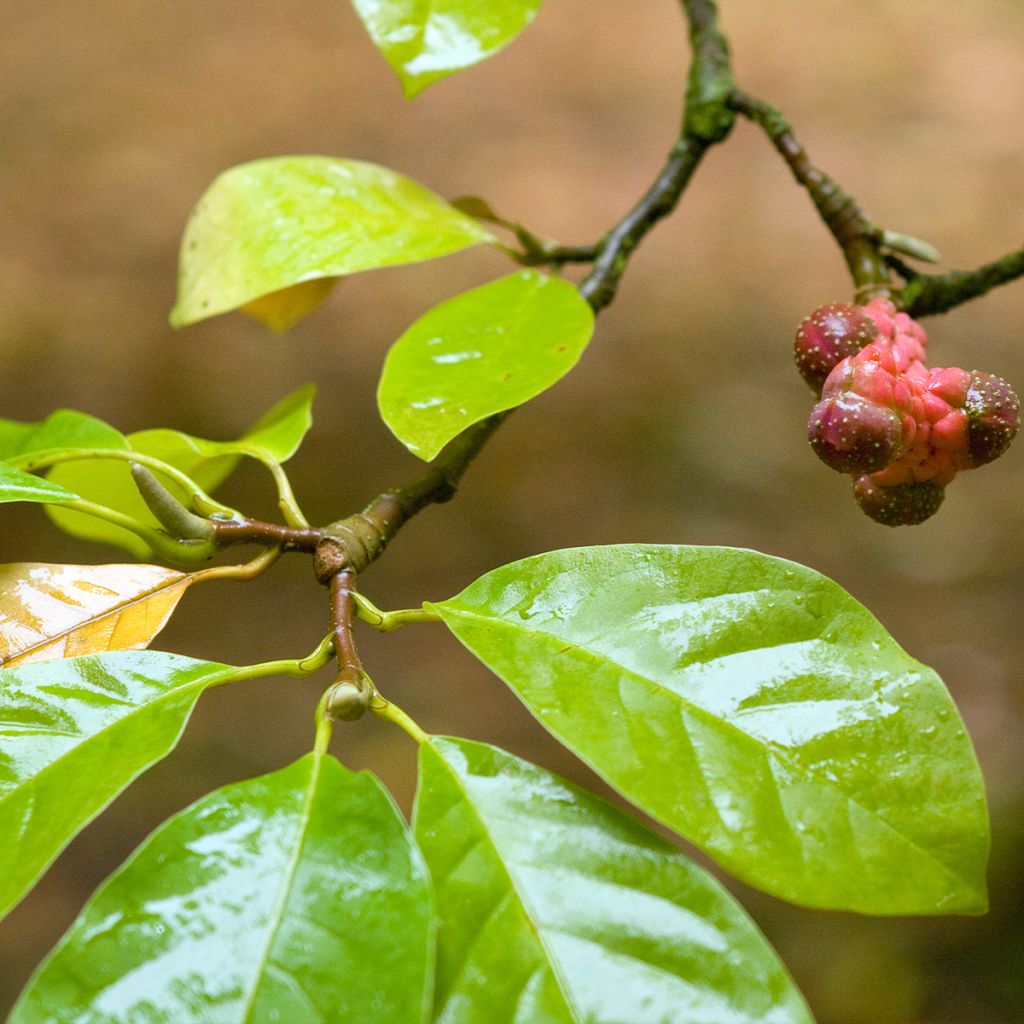

Magnolia Manchu Fan
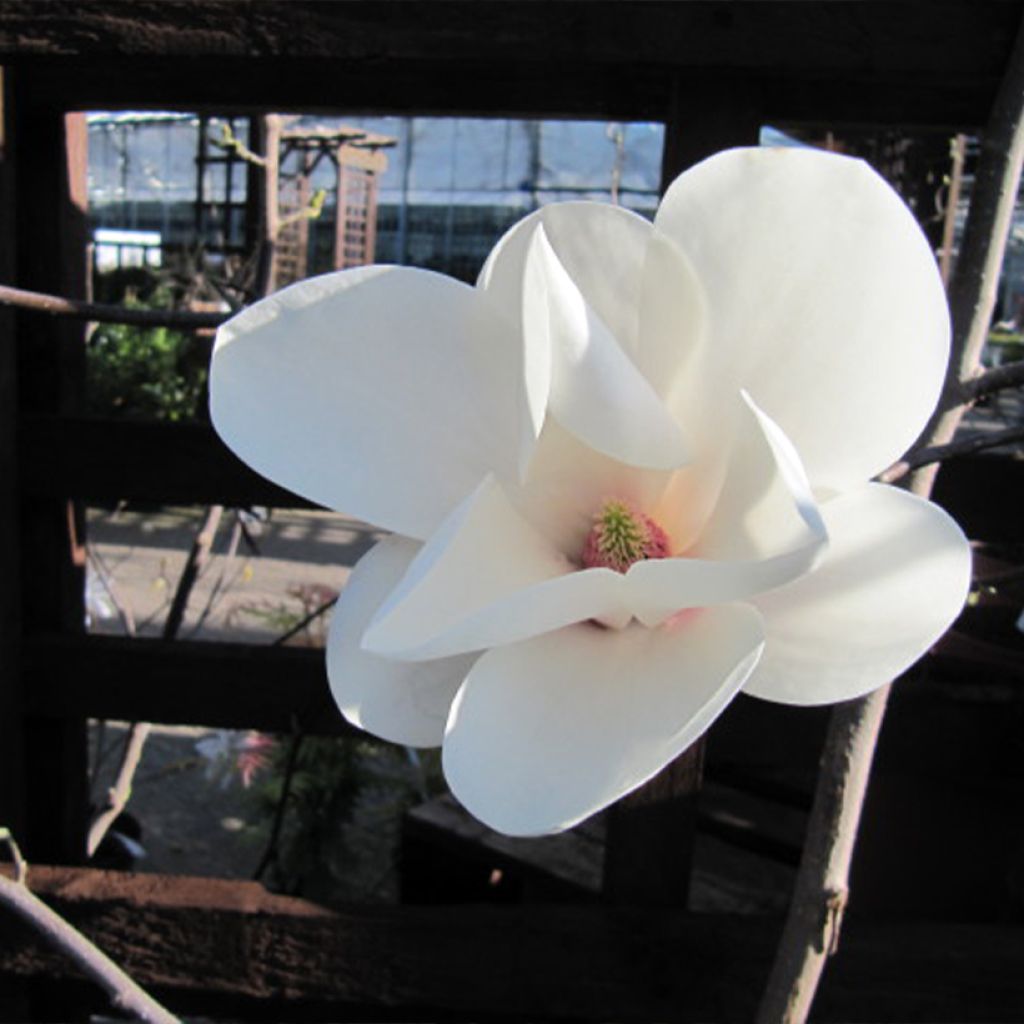

Magnolia Manchu Fan
Magnolia Manchu Fan
Magnolia Manchu Fan
Magnolia
Hello, Beautiful little plant arrived in rather good condition with a few buds broken during the journey, magnolias don't like transportation in general at the ends of their branches. It's a very nice cultivar that you should have in the garden, charming flowers shaped like pearly white tulips... magnificent. Well, since the received plant is quite young, we'll have to be patient a bit but it's worth it. However, I didn't label it as "Silence ça pousse" when I ordered mine recently, can someone please explain to me the difference between the one I received and the "Silence ça pousse" ones?
Maxime H., 24/03/2023
This item cannot be shipped to the selected country
Delivery charge from €5.90
Delivery charge from €5.90
Delivery to Corse prohibited
More information
Schedule delivery date,
and select date in basket
This plant carries a 24 months recovery warranty
More information
We guarantee the quality of our plants for a full growing cycle, and will replace at our expense any plant that fails to recover under normal climatic and planting conditions.
From €5.90 for pickup delivery and €6.90 for home delivery
Express home delivery from €8.90.
From €5.90 for pickup delivery and €6.90 for home delivery
Express home delivery from €8.90.
Delivery to Corse prohibited: UE law prohibits the import of this plant from mainland France to Corse as part of the fight against Xylella fastidiosa. Please accept our sincere apologies.
More information
Does this plant fit my garden?
Set up your Plantfit profile →
Description
The Magnolia Manchu Fan is a small bush with a regular conical shape, which blooms late in the season, at the end of April or early May, in an explosion of white flowers in the shape of open tulips. At the end of flowering, large leaves of a vibrant green appear. Hardy down to -15 °C, it grows in non-limestone, neutral or acidic soil, in full sun or possibly partial shade, preferably sheltered from strong winds. It needs moisture in summer, but the soil must also be well-drained for the winter. This hybrid magnolia can be planted in beds or at the edge of large trees, but it can also stand alone as it is very decorative not only for its flowering, but also for its well-regulated habit.
The Magnolia genus, which gave its name to the small Magnoliaceae family, includes about a hundred species and a number of hybrids, as the genus has been worked on by numerous breeders, particularly regarding colours (for example, the introduction of varieties with yellow flowers).
Thus, this 'Manchu Fan' variety (Manchu fan) is one of the first ones obtained by Todd Gresham in 1955 in Santa Cruz. This Californian hybridizer achieved multiple crosses using pollen from Magnolia x veitchii (a species itself obtained by crossing M. x campbelii, a tree of Asian origin, and M. denudata, a small Chinese tree) to fertilize flowers of other species. 'Manchu Fan' is thus the result of a cross between M. x veitchii and M. soulangeana 'Lennei Alba', this hybrid combines their respective qualities.
This small 'Manchu Fan' magnolia has an intermediate size between that of its two parents. Forming a small bush mostly branched from the base, it reaches 6m (19 ft 8 in) in height and 4m (13 ft 1 in) in width. Generally conical in habit, it can also widen over time to become as wide as it is tall. Its flowers appear towards the end of April and early May and are thus mostly spared by late frosts that can harm these beautiful trees. Pure white, with a small pink spot at the base, they consist of 9 petals, or rather tepals, as the sepals and petals have the same appearance. Measuring from 10 to 12cm, these tulip-shaped flowers, when fully open, emerge on the naked wood, offering a magnificent spectacle in spring. They are followed by the large leaves (around 20cm (7.9 in)) of medium green colour.
The 'Manchu Fan' Magnolia will make a focal point when planted alone in a short grass meadow in a small garden. In a larger space, it can be integrated into a mixed shrub border, combining shrubs with varied and spread-out flowering throughout the season. When initially planting, the soil can be worked by incorporating compost and heath soil mixed with the existing soil. This area can then be devoted to plants that have the same requirements as this Magnolia. Camellias with white, pink or red flowers will precede the flowering of our small tree, while maintaining a romantic note. A magnificent and rare Kalmia 'You Can', or mountain laurel, will also fit perfectly into this romantic theme with its charming and unique pink flowering that takes over in May-June. The Indian Lilacs will then follow and continue until the end of summer, with their bouquets of crepe-like flowers.
Report an error about the product description
Magnolia Manchu Fan in pictures
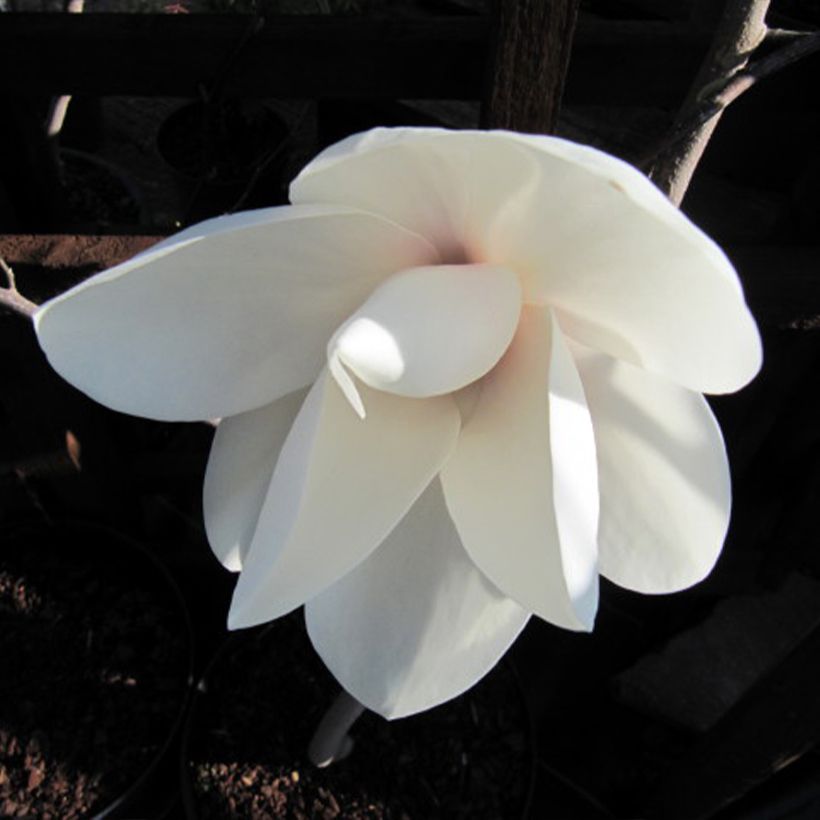

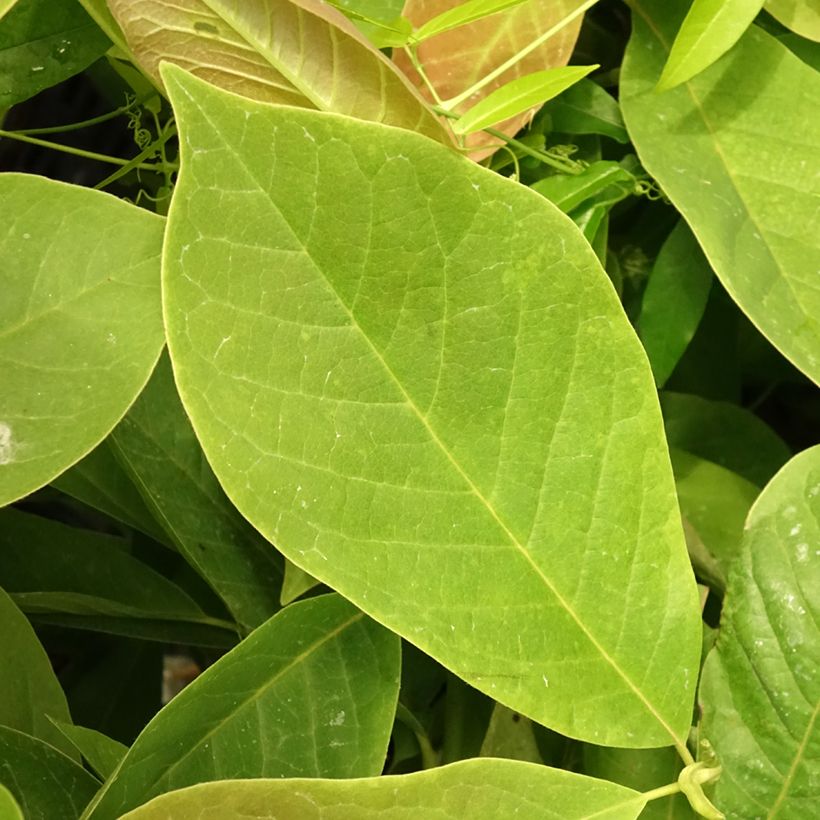

Plant habit
Flowering
Foliage
Botanical data
Magnolia
Manchu Fan
Magnoliaceae
Magnolia
Cultivar or hybrid
Other Magnolia
Planting and care
Like most Magnolias, this one does not appreciate limestone soils. Therefore, it should be planted in neutral to acidic soil, well-drained, and slightly moist in summer. It should be positioned in a sunny location, or possibly in partial shade on the edge of large trees in a warm climate, in order to maintain some atmospheric humidity in summer. Soak the root ball in a bucket of water for half an hour before planting. Dig a hole at least 60 cm (23.6 in) in all directions, and even 70 to 80 cm (27.6 to 31.5 in) deep in heavy soil, into which heath soil will be incorporated in equal parts with the original soil. In slightly sandy soil, mix planting compost enriched with compost with the existing soil. Place the root ball, taking care not to bury the collar, backfill and water thoroughly. Monitor watering in summer, as the soil should not dry out (mulching above the root zone will be welcome). Apply an organic fertilizer rich in potassium in March-April to promote future flowering. No pruning is necessary unless to correct a poorly oriented branch.
Planting period
Intended location
Care
-
, onOrder confirmed
Reply from on Promesse de fleurs
Haven't found what you were looking for?
Hardiness is the lowest winter temperature a plant can endure without suffering serious damage or even dying. However, hardiness is affected by location (a sheltered area, such as a patio), protection (winter cover) and soil type (hardiness is improved by well-drained soil).

Photo Sharing Terms & Conditions
In order to encourage gardeners to interact and share their experiences, Promesse de fleurs offers various media enabling content to be uploaded onto its Site - in particular via the ‘Photo sharing’ module.
The User agrees to refrain from:
- Posting any content that is illegal, prejudicial, insulting, racist, inciteful to hatred, revisionist, contrary to public decency, that infringes on privacy or on the privacy rights of third parties, in particular the publicity rights of persons and goods, intellectual property rights, or the right to privacy.
- Submitting content on behalf of a third party;
- Impersonate the identity of a third party and/or publish any personal information about a third party;
In general, the User undertakes to refrain from any unethical behaviour.
All Content (in particular text, comments, files, images, photos, videos, creative works, etc.), which may be subject to property or intellectual property rights, image or other private rights, shall remain the property of the User, subject to the limited rights granted by the terms of the licence granted by Promesse de fleurs as stated below. Users are at liberty to publish or not to publish such Content on the Site, notably via the ‘Photo Sharing’ facility, and accept that this Content shall be made public and freely accessible, notably on the Internet.
Users further acknowledge, undertake to have ,and guarantee that they hold all necessary rights and permissions to publish such material on the Site, in particular with regard to the legislation in force pertaining to any privacy, property, intellectual property, image, or contractual rights, or rights of any other nature. By publishing such Content on the Site, Users acknowledge accepting full liability as publishers of the Content within the meaning of the law, and grant Promesse de fleurs, free of charge, an inclusive, worldwide licence for the said Content for the entire duration of its publication, including all reproduction, representation, up/downloading, displaying, performing, transmission, and storage rights.
Users also grant permission for their name to be linked to the Content and accept that this link may not always be made available.
By engaging in posting material, Users consent to their Content becoming automatically accessible on the Internet, in particular on other sites and/or blogs and/or web pages of the Promesse de fleurs site, including in particular social pages and the Promesse de fleurs catalogue.
Users may secure the removal of entrusted content free of charge by issuing a simple request via our contact form.
The flowering period indicated on our website applies to countries and regions located in USDA zone 8 (France, the United Kingdom, Ireland, the Netherlands, etc.)
It will vary according to where you live:
- In zones 9 to 10 (Italy, Spain, Greece, etc.), flowering will occur about 2 to 4 weeks earlier.
- In zones 6 to 7 (Germany, Poland, Slovenia, and lower mountainous regions), flowering will be delayed by 2 to 3 weeks.
- In zone 5 (Central Europe, Scandinavia), blooming will be delayed by 3 to 5 weeks.
In temperate climates, pruning of spring-flowering shrubs (forsythia, spireas, etc.) should be done just after flowering.
Pruning of summer-flowering shrubs (Indian Lilac, Perovskia, etc.) can be done in winter or spring.
In cold regions as well as with frost-sensitive plants, avoid pruning too early when severe frosts may still occur.
The planting period indicated on our website applies to countries and regions located in USDA zone 8 (France, United Kingdom, Ireland, Netherlands).
It will vary according to where you live:
- In Mediterranean zones (Marseille, Madrid, Milan, etc.), autumn and winter are the best planting periods.
- In continental zones (Strasbourg, Munich, Vienna, etc.), delay planting by 2 to 3 weeks in spring and bring it forward by 2 to 4 weeks in autumn.
- In mountainous regions (the Alps, Pyrenees, Carpathians, etc.), it is best to plant in late spring (May-June) or late summer (August-September).
The harvesting period indicated on our website applies to countries and regions in USDA zone 8 (France, England, Ireland, the Netherlands).
In colder areas (Scandinavia, Poland, Austria...) fruit and vegetable harvests are likely to be delayed by 3-4 weeks.
In warmer areas (Italy, Spain, Greece, etc.), harvesting will probably take place earlier, depending on weather conditions.
The sowing periods indicated on our website apply to countries and regions within USDA Zone 8 (France, UK, Ireland, Netherlands).
In colder areas (Scandinavia, Poland, Austria...), delay any outdoor sowing by 3-4 weeks, or sow under glass.
In warmer climes (Italy, Spain, Greece, etc.), bring outdoor sowing forward by a few weeks.

































